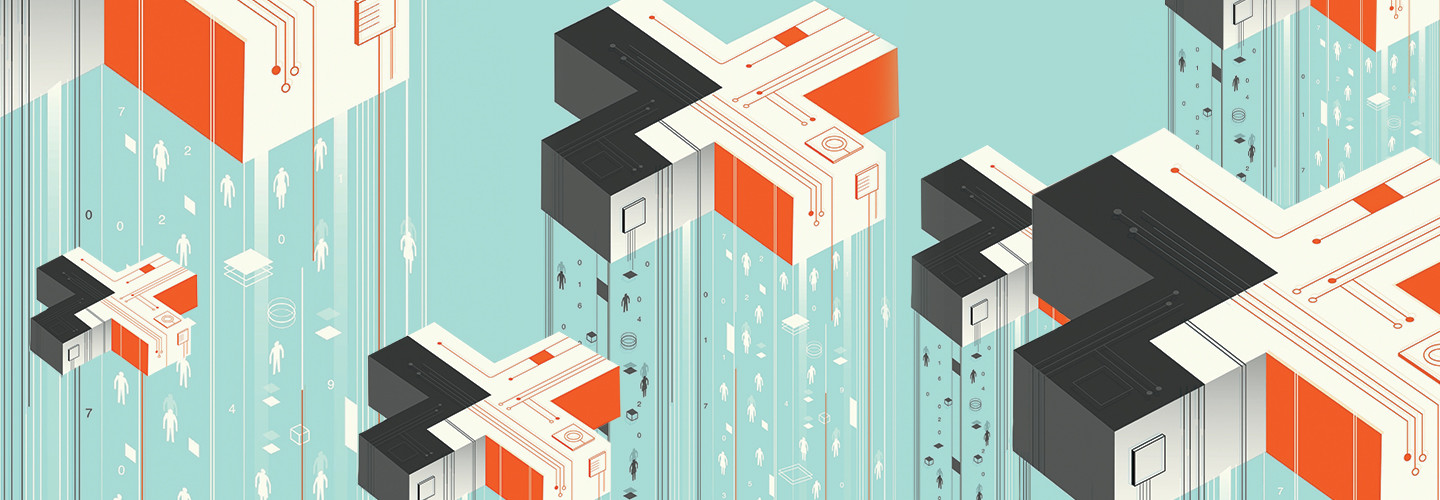
Last year, the health center invested in automation tools, including Nuance’s Dragon Medical One speech recognition software, which allows doctors to dictate patient notes. It improves productivity and replaces medical scribes needed to fill other positions, she says.
McConnell also deployed automation tools for the organization’s pharmacies, including drug-dispensing technology and an interactive voice response system that answers phone calls and automates refill requests. As part of the improvements, the IT department added videoconferencing equipment including webcams and LED TVs in conference rooms so staff can hold virtual meetings.
Though most people have returned to in-person visits at the center, telehealth remains an important service, particularly in behavioral health. Some patients with limited transportation options or mobility also rely on virtual care, McConnell says.
While the pandemic-related grants have dried up, the work continues. McConnell’s team recently upgraded its VMware server farm and is completing a migration to the Microsoft 365 cloud.
Family Health Care’s patients and staff now can reap the benefits of the new technology, McConnell adds. “We’ve done so much in the past three years. My staff and I are exhausted, but we’re proud of what we’ve accomplished,” she says.
LEARN MORE: How the modern data platform fuels success.
Finding More Innovation with Data Analytics
Over on the East Coast, Massachusetts-based Lowell Community Health Center has focused on data analytics as part of its digital transformation efforts to achieve greater health equity for its diverse patient population, says Chief Strategy and Financial Officer Brenda Rodriguez.
The organization’s analytics team now uses Microsoft Power BI and Tableau’s business intelligence tools to produce real-time reports and develop data visualization dashboards. That enables employees, from management to care teams, to review their performance metrics, better understand their patient population and make improvements, says Padma Sastry, senior director of digital transformation.
Lowell also has invested in new Lenovo ThinkPad laptops for staff, upgraded Wi-Fi, and replaced a traditional phone system with a cloud-based phone and call center system.
The health center saw this modernized approach bear fruit during the pandemic. When COVID-19 vaccines were first made available, Lowell saw only a small percentage of patients sign up to get vaccinated.
When it recognized that language was a major barrier for its patient population, the health center did outreach using a mix of people and technology, Rodriguez says. Lowell deployed intelligent automation software that analyzed the EHR to identify patients eligible for vaccines and also divided them up based on their language preferences.
That enabled the health center’s linguistically diverse staff to target their efforts. “Immediately after we did outreach, either by phone or text, we would see the numbers of vaccination sign-ups spike,” Rodriguez says.


